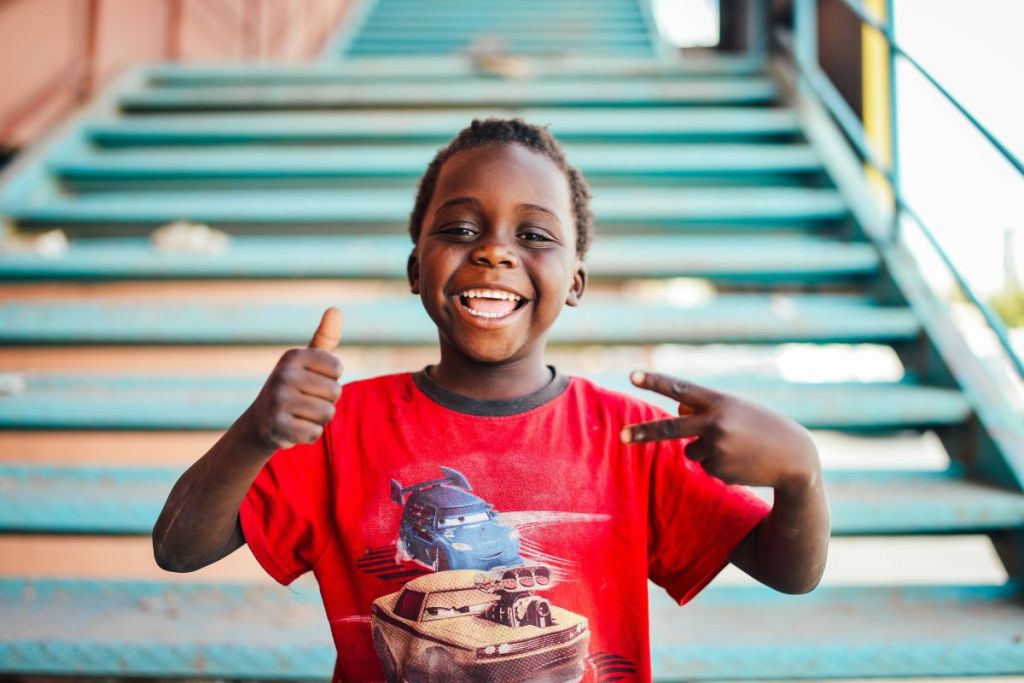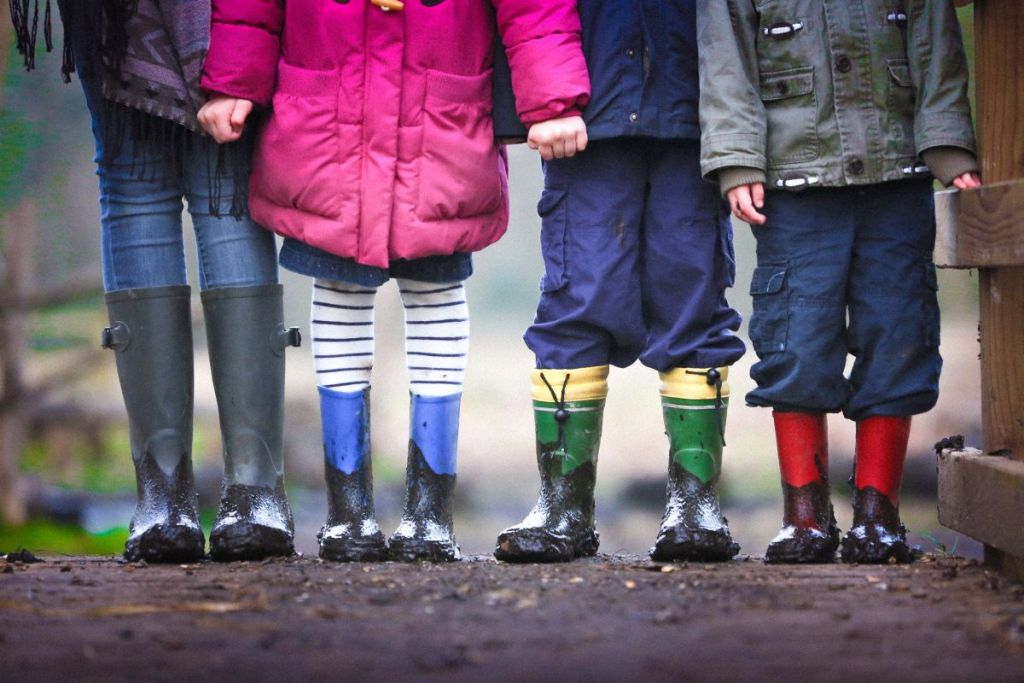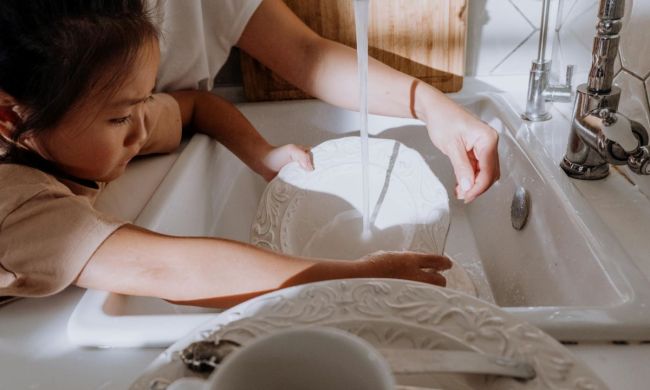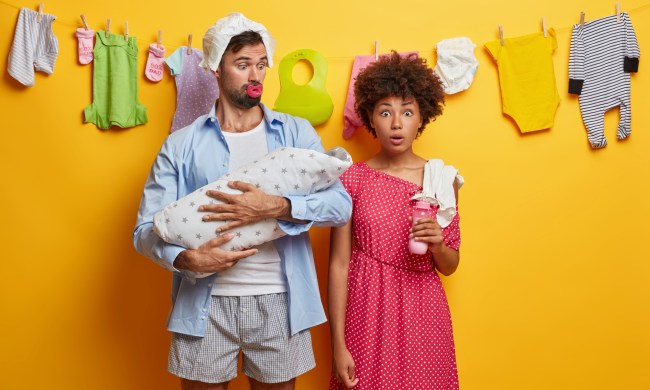With school fast approaching, there are plenty of items that we need to get for our children for back-to-school season. Yes, we have to grab pencils, scissors, glue sticks, and more. The stores have all kinds of sales going on right now, but what do you really need for back-to-school clothes? Does the school they are going to have uniforms or a dress code? Does your child really need that, while adorable, little suit for school? Let’s break down what children need when it comes to clothes for school.
Shoes
Quite possibly one of the most important investments when it comes to clothing is a good pair of shoes for your child, especially when it comes to gym class, where they will need sneakers the most. It’s good to find something in their size that supports the arch of their foot. Many sneakers are made with memory foam today, making them more comfortable for your child. In addition to sneakers, it would be a good idea to have a pair of snow boots for the winter, as well as a pair of dress shoes – for when there are special occasions at school, like concerts or dances.

Tops
When it comes to shirts, children should have approximately eight to ten of them to wear. Then we have to start minding the season. As the colder weather moves in, you’ll want to make sure that there are around two to four long-sleeved shirts. You should also make sure that they have one to two sweaters or hoodies to keep them warm and cozy during the wintertime. Purchasing three to four blouses for your daughter for special occasions is encouraged.
Bottoms
There are quite a few options when it comes to bottoms. You have jeans, shorts, skirts, leggings, etc. It is recommended that kids have a mix of these, between eight and ten pairs. Mix and match by purchasing a few pairs of shorts, some denim jeans, a few leggings, and skirts if you have a child who likes to wear them. Have your child with you when you shop for these items because they are going to need to try the clothes on, and they are able to look around and see what they like for themselves. Don’t forget a belt for your child to help hold their jeans up.
Undergarments
When buying undergarments, it is always best to buy in bulk. Your child will need approximately five to seven pairs of socks, if not more. When it comes to underwear, they should have seven or more pairs of them. Buying a bra for your daughter? It’s a good idea to have around four bras for her to use every week. She is also going to need sports bras, of which two would be an appropriate amount for gym class – if they have to change, of course.

Outerwear
As the seasons change and winter arrives on our doorstep, a good coat is something that is never going to go to waste. It’s definitely something to invest in, as your child will be able to grow with it for a few years. For those chilly days, one winter coat is sufficient to keep them warm. Two pairs of gloves or mittens will be enough for them to use on their way into and out of school. A few scarves and a couple of beanies will keep them warm, especially during winter break, when they will be playing outside in the snow!
What is not needed?
While accessories are fun, it’s okay to have a few items that your child may want, whether it be a barrette or a bracelet, but don’t go too overboard, as you don’t want to clutter their room with accessories. Having too many clothes can clutter up a closet, so it is best to stick to the minimum when it comes to them. Your child will probably not need a pair of sandals, since most schools have a policy about open-toed shoes.
Going back to school is something that children are equally excited and nervous about. Taking them back-to-school shopping can help them ease their way into the new school year. With this guide, you’ll have a better idea of how many pieces of clothing kids really need. After that, send them off to a wonderful and brand new year in school with new clothes and a sense of renewal.


